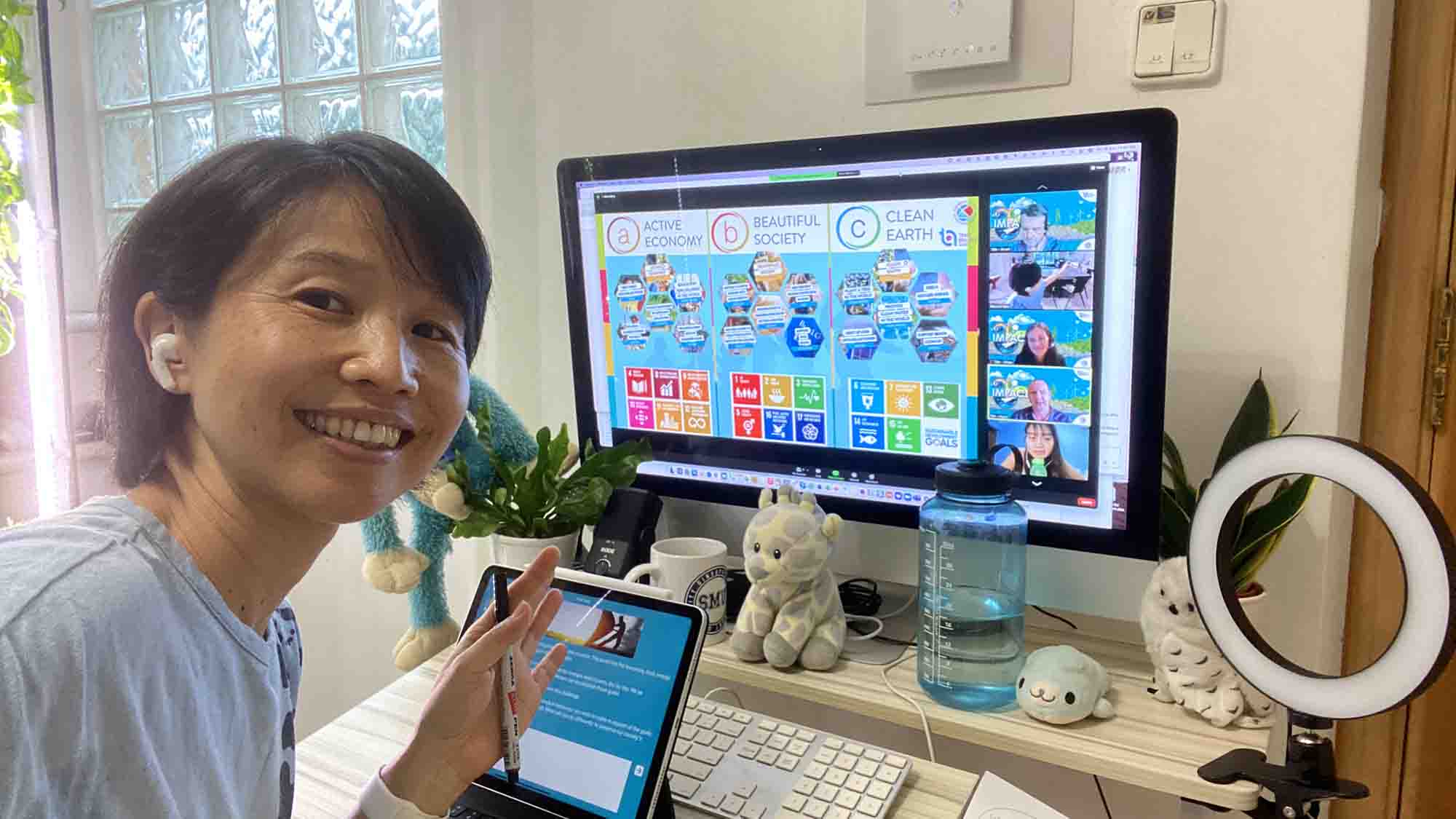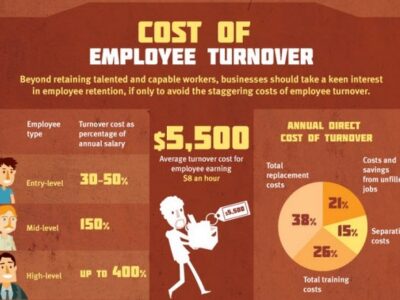People who work from home have benefited from less commute stress, lower expenses, and better work-life balance. As a bonus, we’ve also discovered that working from home is better for the environment.
With fewer people traveling to the office, pollution has decreased, our waterways are cleaner, and animal species are returning to their natural habitats.
To explore all the positive effects of remote work on the environment, we sat down with Andrea Burgess from Alliance Virtual Office.
In our recent Team Building Saves the World podcast, The Impact of Remote Work on Climate Change, Burgess explained that we saw a significant decrease in carbon emissions ever since people started transitioning to working from home.
“We know that remote workers, those who reduce their commute to zero, who work from home remotely a hundred percent of the time, approximately reduce their carbon footprint by 1,800 pounds.”
Remote Work Since COVID-19
Remote work has transformed the typical workday. Employees now have more freedom to better organize their day and maintain a healthier work-life balance. While most employees believe that remote work is the ideal solution, this change may be frustrating for some.
A recent study from Gallup estimates that 37% of desks will remain empty after the pandemic. About 60 million people, or 50% of the survey respondents, say that their current job can be done remotely. Of those 60 million people:
- 10% prefer to spend the entire workweek in the office
- 30% prefer to “never” come into the office
- 60% prefer a blend of 1 – 4 days per week
According to Burgess, young men make up the majority of workers who are eager to go back to the office.
“Young men are afraid that their contributions, hard work, and dedication are not going to be seen by upper management as a way of promotion whenever they’re not directly in the line of sight of the people that are making these decisions.”
Despite this, current remote work trends are predicting that more than 36 million Americans will remain remote by 2025. Moreover, about 50% of the current workforce will resign if their employer doesn’t offer remote work opportunities.
Those fixated on staying remote are even willing to work for less money. A recent USA Today survey found that nearly half of American workers would accept a 5% pay cut to continue working remotely, at least partially, after the pandemic.
Environmental Benefits of Working Virtually
Remote work delivers many personal benefits, but the question remains: Is working from home better for the environment? The answer seems to be a resounding Yes!, as the positive impact it has caused on the environment is remarkable.
The reduction of carbon emissions is an obvious advantage. Every day remote work continues in larger cities, there is an improvement in air quality due to less congestion.
Here’s a list of the most common environmental benefits of remote work.
Reduced Carbon Footprint
The average American spends many hours on the road traveling to and from work. But since the start of the COVID-19 pandemic, we have seen significant decreases in this area.
Burgess states that most people drive between 19 and 24 minutes in each direction every workday, resulting in several hours worth of commute each week.
Speaking about the environmental impact of decreased commute times, she says:
“One of the cases that we had is saying that a forest of over 70,000 square miles would need to be planted to offset the environmental impact of working from home. That is still about a 67% drop from what it would be if all of those people were still working in the office.”
According to one study, it’s estimated that residential and commercial buildings are responsible for up to 40% of CO2 emissions in the US. However, less energy is needed to power, heat, or cool a house than a large office building.
Less Waste Production
While at the office, employees are less concerned with waste such as scrap paper, trash, and printers. But at home, people tend to be more mindful of how much waste they produce.
As an example, Burgess pointed out that people who work from home are less likely to print out hard copies.
“A lot of people, if they have printers at home, they use them more sparingly because cartridges are expensive. And if we can have it pulled up on your home desk at the time that you want, you don’t really need a printed-out copy. So people are using a lot less paper producing, a lot less trash.”
Less Need for Air Travel
Aviation is the second most polluting industry globally, after the oil and gas industries. It’s responsible for approximately 2% of global CO2 emissions, and that number is expected to grow as air travel becomes more popular.
The pandemic has taught us that we can continue with business as usual virtually. With the help of online video conferencing software, we can attend meetings anywhere in the world with a few clicks.
By being less dependent on air travel, each one of us can help reduce CO2 emissions and positively contribute to the fight against global climate change.
3 Tips for Making Working From Home More Environmentally Friendly
If you are still working from home, here are three simple ways to make your remote workspace even more environmentally friendly.
1. Use natural lighting instead of artificial lighting during the day
Working from home allows you to adjust your lighting situation to your preferences. Setting your workspace up near a window can help utilize natural light instead of wasting electricity.
Not only does this decrease your overall energy consumption, but it can also help ward off seasonal depression.
2. Use heating and cooling systems sparingly
Since you are in control of your work environment, you can choose to make your home as warm or cool as you need during your workday.
While you can’t control the climate, you can reduce your need to turn up the heat by piling on blankets or a cozy sweater.
3. Reduce your use of paper products
Even though some of us are still running to Starbucks when we need a mid-day kick of caffeine, working remotely has helped us cut down on food-related paper waste.
Think of all of the coffee cups, paper bags, or plastic take-out containers that you aren’t using. Dishwashers use up a lot of energy, so wash your cups, plates, and utensils by hand whenever possible.
Conclusion
The benefits of working virtually extend past your day-to-day life and reduce your carbon footprint, positively impacting the environment as a whole.
As companies realize that consumers prefer to support businesses that serve both the environment and their employees’ well-being, we see a trend of continued remote work.
As Burgess states in her podcast interview, if companies continue to utilize new technology to bring teams together in a hybrid model, we can each do our part to reduce the harmful workforce-related effects on the environment.
Want to bring your remote team together and help them stay connected while reducing your environmental impact at the same time? Virtual team building activities are a great way to keep engagement up and communication flowing. Contact us to find out how we can help!
















